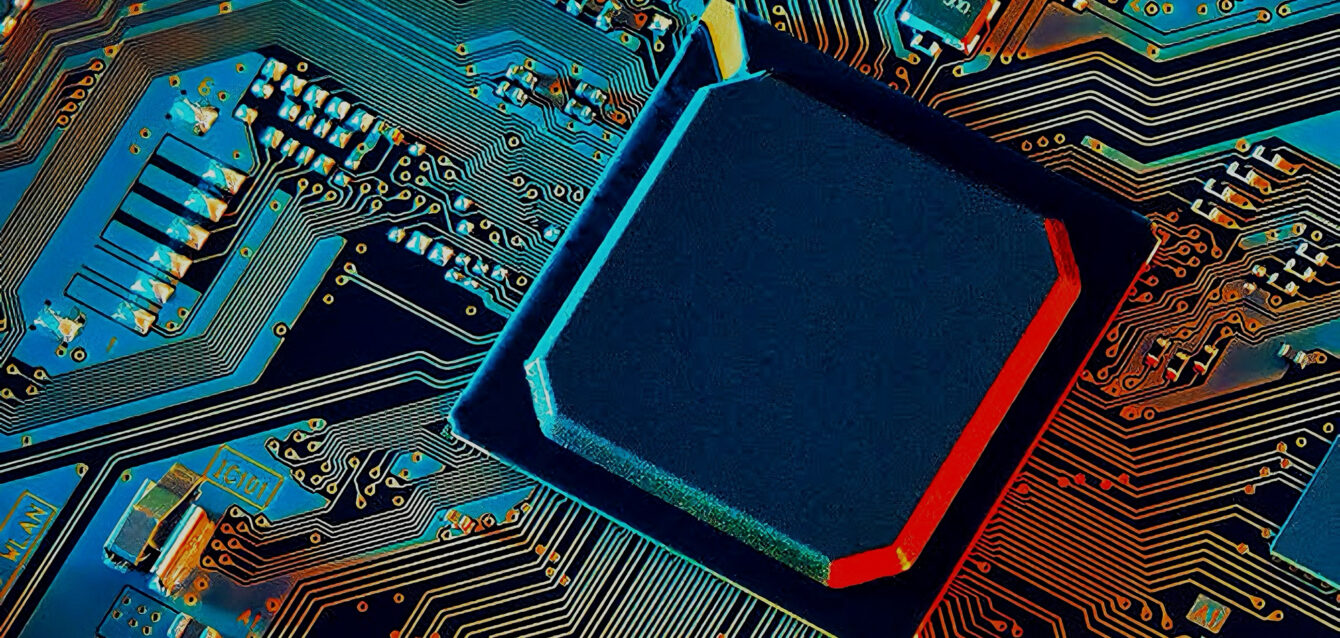The tech world is witnessing a groundbreaking revolution with Microsoft’s announcement of Majorana 1, a processor that could reshape the future of quantum computing. Microsoft CEO Satya Nadella shared this major milestone on Twitter, calling it a “Quantum’s transistor moment”, comparing it to the invention of the transistor in 1947.
This processor is based on topological qubits, a technology that could solve one of quantum computing’s biggest challenges: qubit stability. In this article, we’ll dive deep into this innovation and explore its potential impact on the future of technology.
1. What is Majorana 1?
Majorana 1 is the first-ever quantum processor based on topological qubits, which rely on Majorana quasiparticles. These exotic particles, predicted in 1937 by Italian physicist Ettore Majorana, have the unique property of being their own antiparticles.
Microsoft researchers have been working on this concept for nearly 20 years, aiming to harness these quantum states to create qubits that are more resistant to errors. Their goal? To make quantum computing more reliable and scalable.
Satya Nadella described this as “Quantum’s transistor moment”, drawing an analogy to the birth of modern computing, when transistors replaced vacuum tubes, leading to the microprocessor revolution.
2. Why Are Topological Qubits Revolutionary?
One of the biggest hurdles in quantum computing is qubit decoherence. Unlike classical bits, which can only be 0 or 1, qubits can exist in multiple states simultaneously (superposition). However, this property is fragile and can be disrupted by environmental noise, leading to calculation errors.
The topological qubits used in Majorana 1 aim to solve this problem by storing quantum information in a spatial configuration that is naturally protected, reducing the likelihood of errors. This means that a quantum computer using these qubits would require fewer error corrections, making computations more efficient and scalable.
Why is this a game changer?
1. Increased reliability – Less noise and fewer errors, making quantum algorithms easier to run.
2. Scalability – The ability to build larger, more powerful quantum computers without excessive error correction.
3. Expanded applications – With improved stability, quantum computing could revolutionize fields such as chemistry, artificial intelligence, and finance.
3. A New State of Matter?
In his tweet, Satya Nadella made a striking statement:
“Most of us grew up learning there are three main types of matter that matter: solid, liquid, and gas. Today, that changed.”
This suggests that Microsoft’s researchers may have discovered a new state of matter linked to topological qubits. If confirmed, this could redefine our understanding of quantum physics and pave the way for groundbreaking innovations in nanotechnology and material science.
4. The Impact of Majorana 1
The implications of this breakthrough go far beyond just improving quantum computers. Microsoft envisions several transformative applications, including:
a) Chemistry and Materials Science
With improved computational power, a stable quantum computer could simulate chemical reactions with unprecedented accuracy, leading to:
• Faster drug discovery and new molecule development.
• Revolutionary battery technology, optimizing atomic compositions for higher efficiency.
• More sustainable industrial processes, reducing waste and energy consumption.
b) Artificial Intelligence and Machine Learning
Quantum computing could supercharge AI development by:
• Creating more advanced neural networks.
• Accelerating deep learning model training.
• Making AI more energy-efficient.
c) Security and Cryptography
Quantum computers pose a threat to current encryption methods, but with topological qubits, we could develop new quantum-resistant cryptographic techniques.
5. Microsoft vs. the Competition
Microsoft’s Majorana 1 places it at the forefront of the quantum computing race, but it’s not alone. Other tech giants are also making progress:
• Google achieved “quantum supremacy” in 2019, performing a computation in 200 seconds that would take a supercomputer 10,000 years.
• IBM is actively developing cloud-accessible quantum computers.
• D-Wave is exploring quantum annealing for optimization problems.
• Amazon, Intel, and various startups are investing heavily in quantum research.
However, Microsoft’s topological approach could be a game-changer if it proves to be more stable and scalable than traditional qubit designs.
6. What Are the Next Challenges?
Despite this breakthrough, quantum computing is still not ready for widespread adoption. Here are some key challenges that must be overcome:
a) Industrialization
Building a lab prototype like Majorana 1 is one thing, but mass-producing it is another. Microsoft must:
• Develop a scalable and cost-effective manufacturing process.
• Reduce the complexity and size of quantum systems.
• Solve the challenge of cooling qubits to temperatures close to absolute zero.
b) Software and Programming
Quantum computing requires new programming languages and algorithms. Microsoft has developed Q#, a language tailored for quantum computing, but developers need time to master it.
c) Accessibility and Cost
Currently, quantum systems are extremely expensive and only accessible to major corporations and research institutions. To drive wider adoption, costs need to decrease significantly.
7. Conclusion: A Giant Leap for Quantum Computing
Microsoft’s announcement of Majorana 1 is a historic milestone in the quest for quantum computing. By developing a processor based on topological qubits, Microsoft is opening the door to quantum computers that are more stable, powerful, and scalable.
If the promises of this technology hold true, we could be on the brink of a revolution comparable to the invention of the transistor. From AI to chemistry and cryptography, the potential impact is enormous.
This is just the beginning, and the coming years will be crucial in determining whether Majorana 1 is truly the key to unlocking the full potential of quantum computing.







